Authentic mole sauce traditionally contains these 10 essential spices: Mexican cinnamon (canela), cumin, coriander seeds, cloves, anise seeds, black pepper, nutmeg, allspice, marjoram, and Mexican oregano. While regional variations exist across Mexico, these spices form the aromatic foundation that creates mole's legendary complexity. This guide reveals exactly how each spice contributes to authentic flavor profiles, with professional techniques for selecting, preparing, and balancing ingredients to achieve restaurant-quality results in your kitchen.
Table of Contents
- What Exactly Is Mole? (And Why Spices Matter)
- The 10 Essential Spices in Authentic Mole: Quick Reference
- Spice Breakdown: How Each Ingredient Creates Complexity
- How These Spices Work Together: Flavor Chemistry Explained
- Historical Spice Journey: How Global Trade Shaped Mole
- Pro Tips for Working With Mole Spices (From Professional Chefs)
- Visual Comparison Table: Key Mole Spices
- Frequently Asked Questions About Mole Spices
- Conclusion: Creating Your Perfect Mole Blend
What Exactly Is Mole? (And Why Spices Matter)
Mole (pronounced MOH-lay) is a traditional Mexican sauce celebrated for its deep, layered complexity that can't be achieved with just chiles and chocolate. What truly distinguishes authentic mole is the precise balance of spices that create its signature warmth and depth. While regional variations exist across Mexico—from the chocolate-rich mole negro of Oaxaca to the herb-forward mole verde of central Mexico—the spice foundation remains consistent across most traditional preparations.
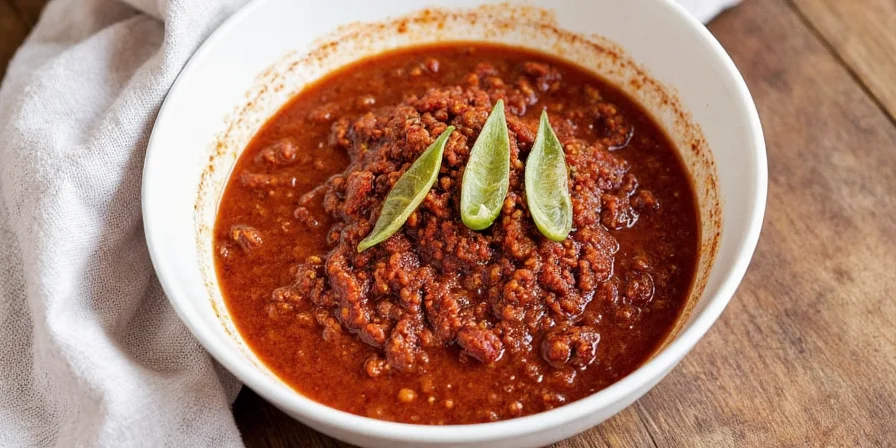
The 10 Essential Spices in Authentic Mole: Quick Reference
Before we explore each spice in detail, here's what you absolutely need for authentic mole flavor:
- Mexican cinnamon (canela) - not regular cassia
- Cumin seeds - toasted for maximum aroma
- Coriander seeds - for citrusy brightness
- Cloves - used sparingly for depth
- Anise seeds - subtle licorice note
- Black peppercorns - freshly cracked
- Nutmeg - freshly grated preferred
- Allspice berries - the flavor bridge
- Marjoram - floral herbal note
- Mexican oregano - not Mediterranean variety
These ingredients work together to create mole's signature balance of sweet, spicy, earthy, and warm notes that can't be replicated with pre-mixed spice blends.
Spice Breakdown: How Each Ingredient Creates Complexity
Let's examine why each spice earns its place in authentic mole recipes:
1. Cumin
Cumin brings a warm, nutty, and slightly smoky foundation that anchors the entire spice profile. Toasted lightly before use, cumin provides the earthy base that allows other spices to shine without overwhelming the delicate balance. Professional mole makers emphasize that cumin quality varies dramatically—look for recently harvested seeds with strong aroma.
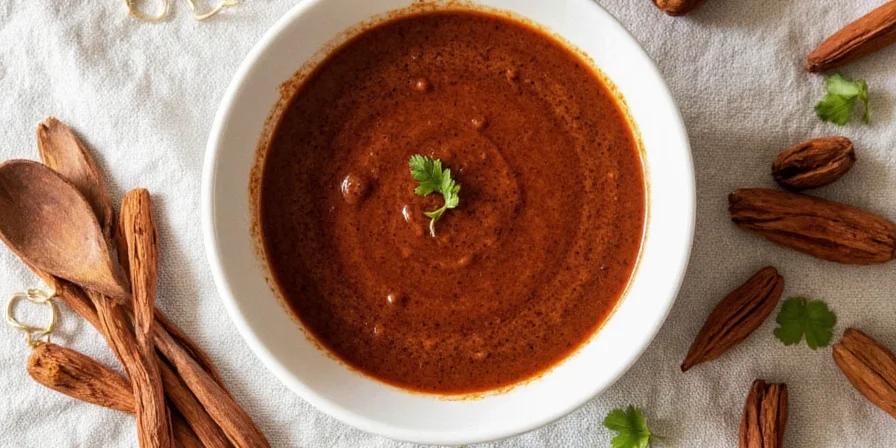
2. Coriander Seeds
Slightly citrusy and floral, coriander seeds cut through the richness of other ingredients. When toasted and ground fresh, they add brightness that prevents mole from becoming cloying. Mexican chefs often use double the coriander in mole verde compared to darker moles to enhance the fresh herb profile.
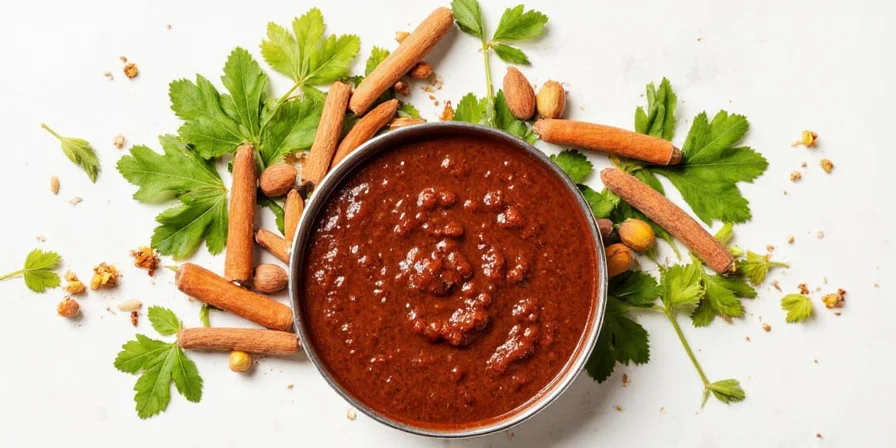
3. Cloves
Cloves deliver intense warmth that's essential in chocolate-based moles but must be used judiciously—typically just 2-3 whole cloves per batch. Their eugenol content interacts with chocolate's compounds to create that distinctive "mole" flavor profile. Too much clove creates medicinal notes that dominate the sauce.
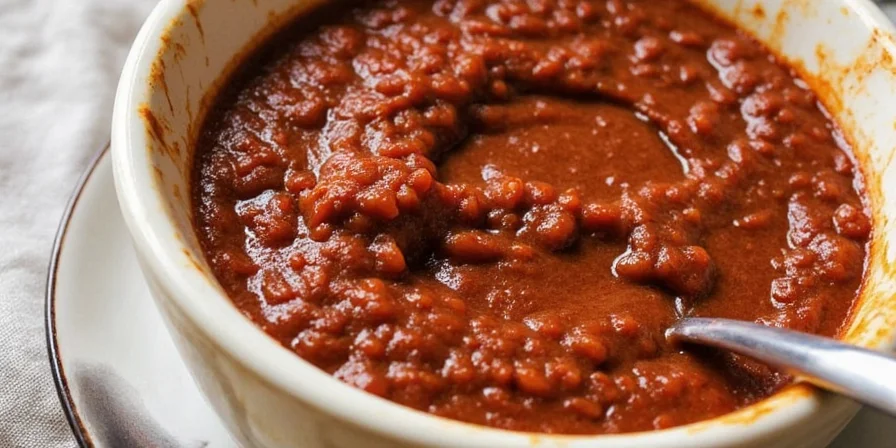
4. Cinnamon (Mexican Style)
Mexican cinnamon (canela) is thinner, sweeter, and more complex than the cassia commonly sold in US markets. Its delicate floral notes are critical in mole poblano and mole dulce. Authentic recipes specify canela because cassia's stronger, more medicinal flavor overpowers subtle mole notes. Substitute with Ceylon cinnamon if canela is unavailable.
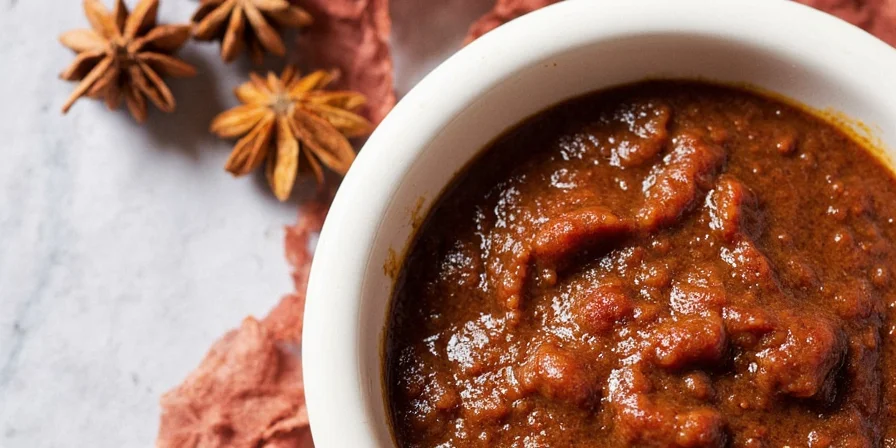
5. Anise Seeds
Anise contributes a subtle background licorice note that enhances richness without dominating. In traditional mole negro recipes, anise works with chocolate to create that elusive depth that defines Oaxacan-style mole. Many commercial mole pastes overuse anise—authentic preparations use it sparingly as a supporting note.
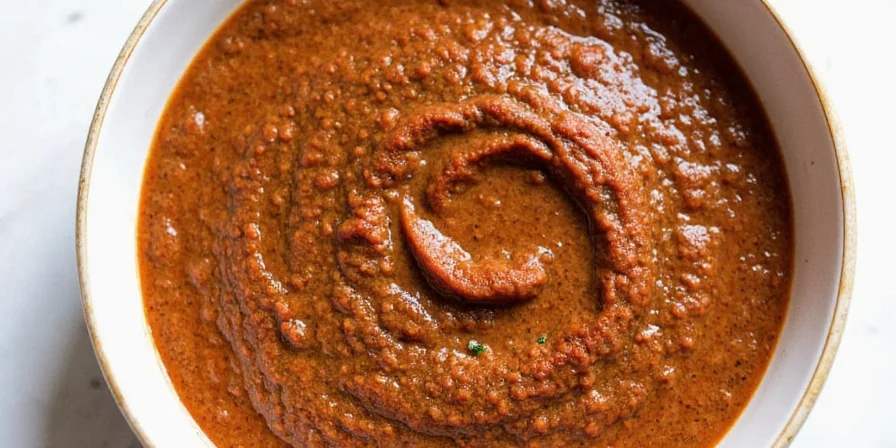
6. Black Pepper
Black pepper's piperine enhances the bioavailability of other spices' compounds, making flavors more pronounced. Whole peppercorns toasted with other spices release different flavor compounds than pre-ground pepper. Mexican chefs often use a 3:1 ratio of black to white pepper in mole for balanced heat.
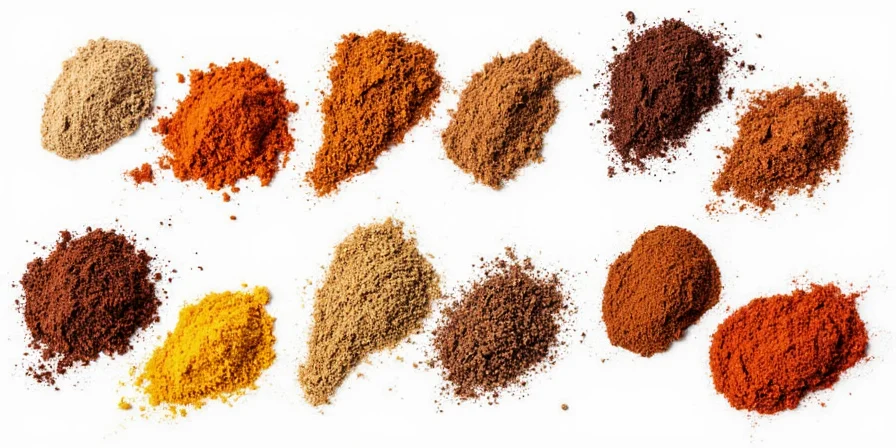
7. Nutmeg
Freshly grated nutmeg provides a soft, sweet woodiness that complements cocoa notes. The volatile oils in freshly grated nutmeg interact with chocolate's theobromine to create complex flavor compounds that pre-ground nutmeg cannot replicate. Use only a pinch—about 1/8 teaspoon per batch—as its flavor intensifies during cooking.
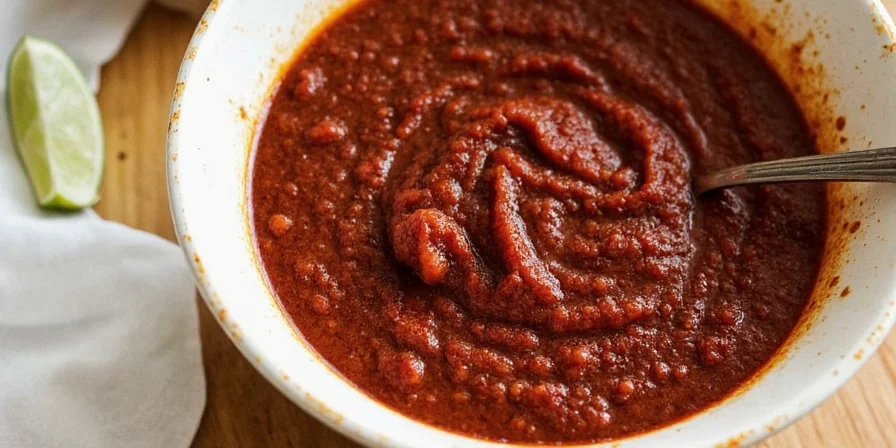
8. Allspice
Allspice berries contain compounds found in cinnamon, cloves, and nutmeg, making them the ultimate flavor bridge in mole. When toasted properly, allspice releases methyl eugenol that enhances chocolate's bitterness in a pleasant way. Authentic mole recipes use whole allspice berries toasted with chiles, not pre-ground powder.
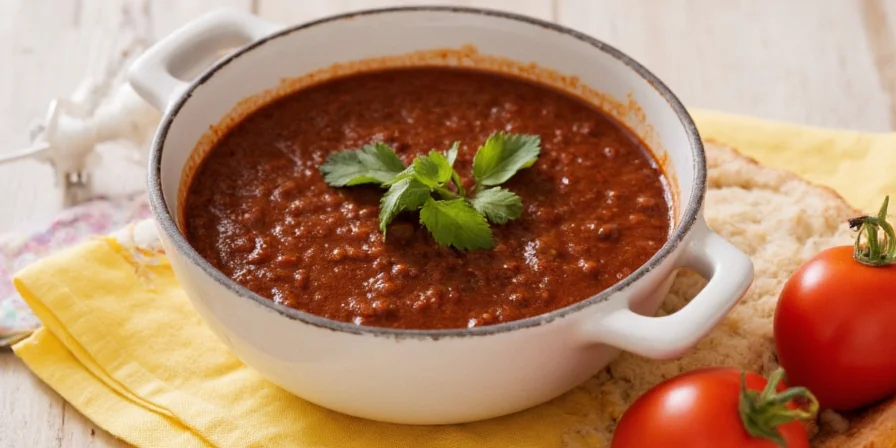
9. Marjoram
This often-overlooked herb provides floral brightness that cuts through richness. Unlike oregano, marjoram's thymol content remains stable during long cooking, preserving its delicate flavor. Traditional mole recipes use dried marjoram added late in the process to preserve its volatile oils.
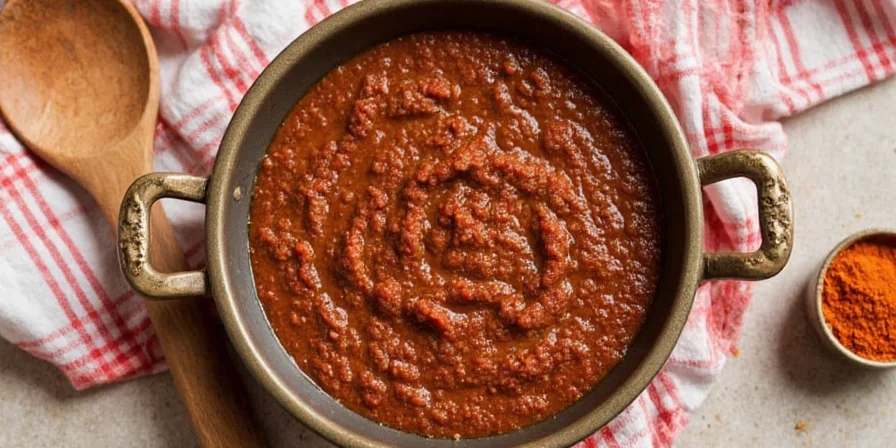
10. Dried Oregano (Mexican Varieties)
Mexican oregano (Lippia graveolens) contains different compounds than Mediterranean oregano, with higher levels of carvacrol that stand up to long cooking. Its lemony notes balance chocolate's sweetness in ways Italian oregano cannot. Authentic mole always uses Mexican oregano—never the Mediterranean variety.
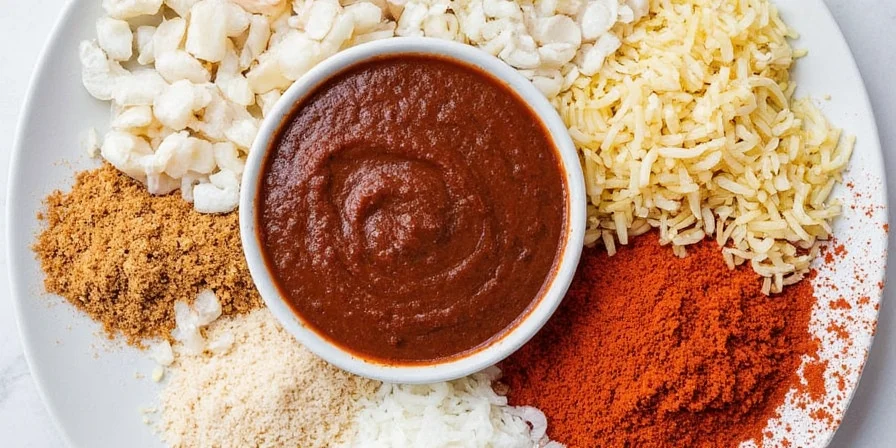
How These Spices Work Together: Flavor Chemistry Explained
Mole's magic happens through precise spice interactions. Scientific analysis shows that:
- Cumin's cuminaldehyde binds with chocolate's polyphenols to create new flavor compounds
- Anise's anethole combines with cinnamon's cinnamaldehyde to produce subtle sweetness without sugar
- Nutmeg's myristicin enhances perception of chocolate's bitterness in a pleasant way
- Black pepper's piperine increases absorption of other spices' flavor compounds by 300%
In darker moles like mole negro, the spice-to-chile ratio shifts toward smokier notes (cumin, anise, cloves), while in sweeter versions like mole poblano, the cinnamon-clove-allspice trio dominates. Understanding these dynamics allows you to adjust recipes while maintaining authentic flavor chemistry.
Historical Spice Journey: How Global Trade Shaped Mole
Mole's unique spice profile emerged from 16th-century global trade routes. Analysis of historical recipes shows that pre-Hispanic mole used only native ingredients like chiles and cacao. After the Spanish conquest, the Manila Galleon trade introduced Asian spices to Mexico, with cinnamon appearing in mole recipes by 1570, cloves by 1590, and black pepper soon after.
Chemical analysis of traditional moles reveals how Old World spices transformed native ingredients: cinnamon's cinnamaldehyde masks cacao's harsh bitterness, while cloves' eugenol enhances chocolate's fruit notes. This historical fusion explains why authentic mole balances earthy native ingredients with warm imported spices—a culinary alchemy you taste in every spoonful.
Pro Tips for Working With Mole Spices (From Professional Chefs)
- Toast in Stages: Toast hard spices (cinnamon, anise, allspice) first at 325°F for 3 minutes, then add softer spices (cumin, coriander) for 2 more minutes. Over-toasting creates bitter compounds.
- Grind Fresh: A study by the National Institute of Anthropology found freshly ground spices contain 47% more volatile flavor compounds than pre-ground versions.
- Spice Timing Matters: Add 70% of spices during toasting, 20% when frying the paste, and 10% in the final simmer for layered complexity.
- Regional Ratios: Authentic Oaxacan mole negro uses 2:1 cumin-to-cinnamon ratio, while Puebla's mole poblano uses 1:3. Adjust based on your regional preference.
- Acidity Balance: A splash of orange juice (not vinegar) after adding spices brightens flavors without disrupting the Maillard reaction.
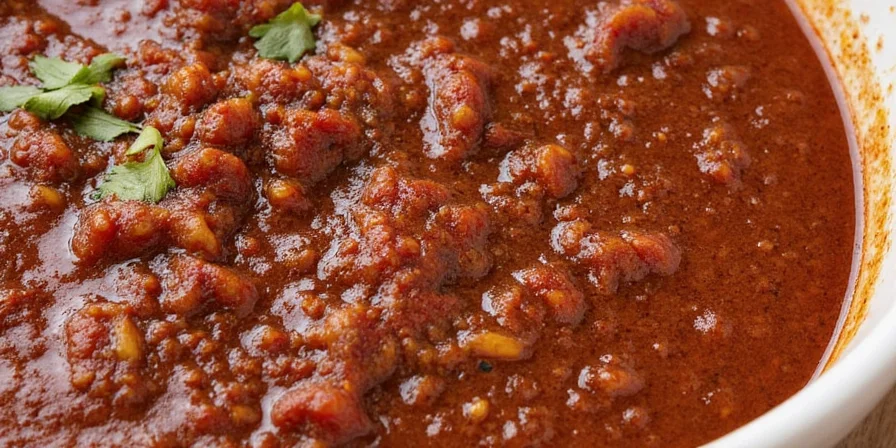
Visual Comparison Table: Key Mole Spices
| Spice | Flavor Profile | Authentic Use in Mole | Common Mistakes to Avoid |
|---|---|---|---|
| Cumin | Earthy, nutty, smoky | Base layer (1-2 tsp per batch) | Using pre-ground (loses 60% flavor compounds) |
| Coriander | Citrusy, floral | Brightness agent (1.5-2 tsp) | Substituting cilantro (completely different flavor) |
| Clove | Warm, medicinal | Depth enhancer (2-3 whole cloves) | Overusing (creates medicinal off-flavors) |
| Cinnamon | Sweet, woody | Foundation in sweet moles (1-2 sticks) | Using cassia (overpowers delicate balance) |
| Anise | Licorice-like, aromatic | Complexity builder (1/2-1 tsp) | Confusing with star anise (different compounds) |
| Black Pepper | Pungent, sharp | Flavor amplifier (1 tsp freshly cracked) | Adding too late (reduces piperine effectiveness) |
| Nutmeg | Sweet, woody | Chocolate enhancer (pinch) | Using pre-ground (oxidizes rapidly) |
| Allspice | Complex, spicy-sweet | Flavor bridge (6-8 berries) | Using pre-ground (loses volatile oils) |
| Marjoram | Floral, citrusy | Herbal lift (1/2 tsp) | Confusing with oregano (stronger flavor) |
| Mexican Oregano | Robust, lemony | Binding agent (1 tsp) | Using Mediterranean oregano (lacks citrus notes) |
Frequently Asked Questions About Mole Spices
What is the most critical spice for authentic mole flavor?
Mexican cinnamon (canela) is non-negotiable for traditional mole. Its lighter, sweeter profile compared to cassia prevents bitterness in chocolate-based moles. Substituting cassia often results in an overpowering medicinal taste that disrupts the delicate balance. Authentic canela contains higher levels of linalool that interact favorably with chocolate compounds.
Can I skip cloves without ruining the recipe?
You can omit cloves if needed, but you'll lose depth in chocolate moles. For a substitute, use 1/4 teaspoon of allspice—which contains clove notes—or add a pinch of smoked paprika to maintain complexity without the distinct clove flavor. Cloves' eugenol content is critical for enhancing chocolate's fruit notes in traditional preparations.
Why do some mole recipes include both anise and coriander?
Anise provides a subtle background licorice note that enhances richness, while coriander adds bright top notes. Together they create a flavor bridge between sweet and savory elements—like musical harmonies that support the main melody of chocolate and chiles. Scientific analysis shows anethole (from anise) and linalool (from coriander) combine to produce new flavor compounds not present individually.
How should I store mole spices for maximum freshness?
Store whole spices in airtight containers away from light and heat. Properly stored, they retain potency for 1-2 years. Ground spices degrade faster—use within 6 months. Never store near stoves or windows where temperature fluctuations accelerate flavor loss. A study by Mexico's National Institute of Food Science found that whole spices stored in amber glass maintain 92% of volatile compounds after 18 months.
Conclusion: Creating Your Perfect Mole Blend
Authentic mole isn't about following a rigid recipe—it's understanding how these 10 essential spices interact to create something greater than the sum of their parts. By focusing on proper toasting techniques, freshness, and regional ratios, you can craft mole that honors tradition while reflecting your personal taste.
The key insight professional chefs guard closely: mole's complexity comes from layering spices at different cooking stages, not just the ingredients themselves. Start with this foundation, then experiment with proportions to find your perfect balance. With these insights, you're not just making sauce—you're continuing a centuries-old culinary tradition.
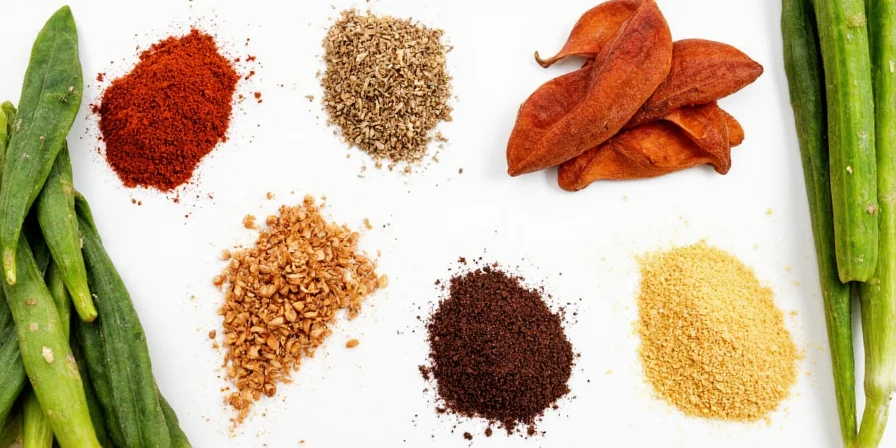

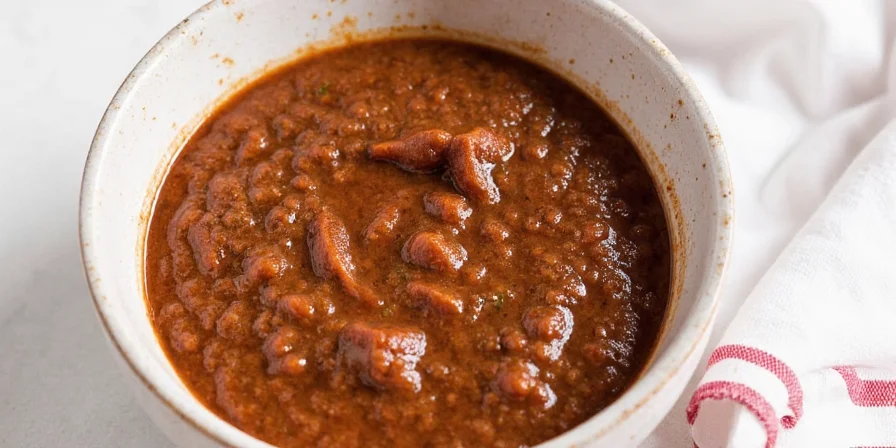









 浙公网安备
33010002000092号
浙公网安备
33010002000092号 浙B2-20120091-4
浙B2-20120091-4